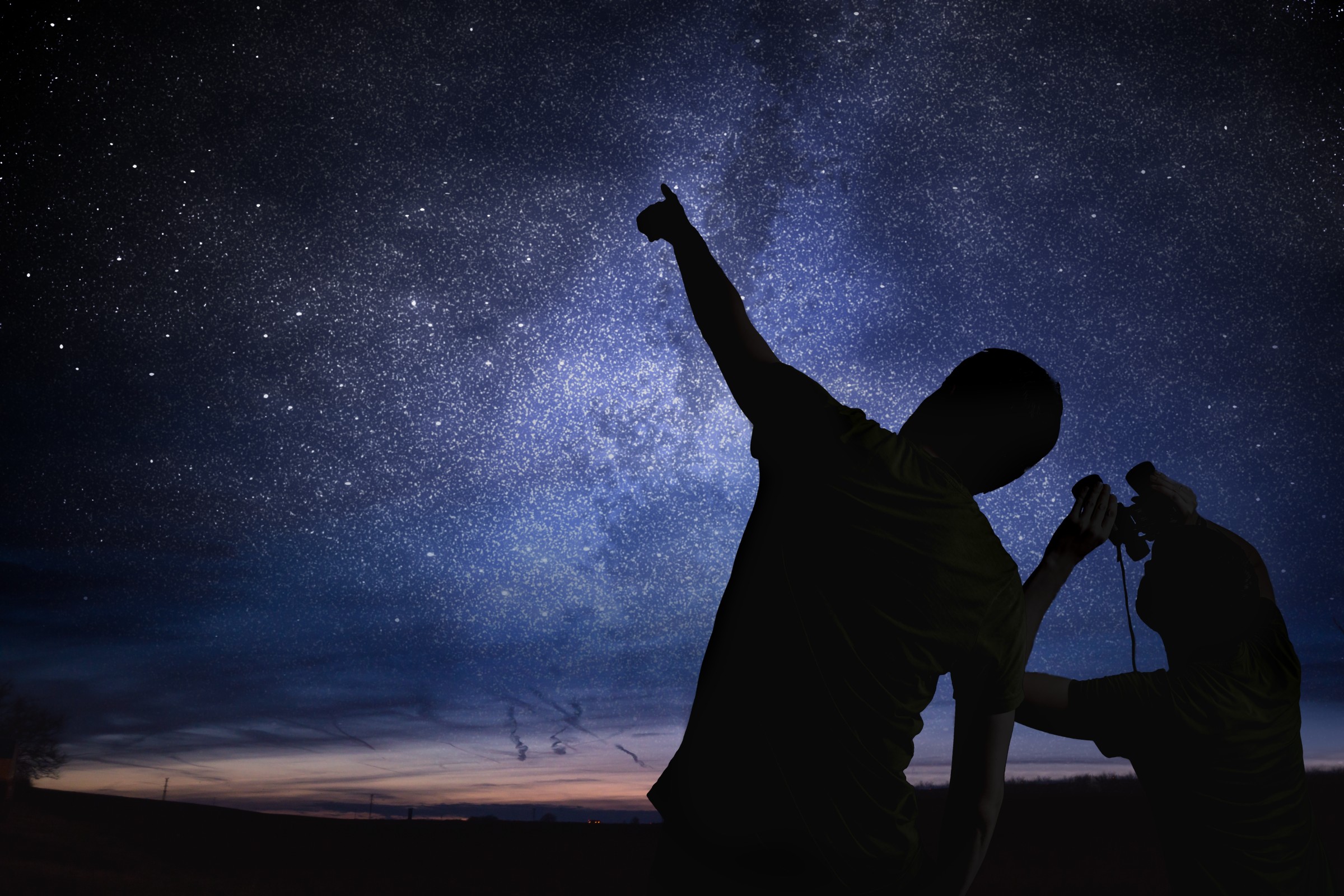
Heavy Rain, Flooding, and Chance of Severe Weather Staring Down the Southern U.S.
January 22, 2024
Posted: April 4, 2023 3:00 pm





As the calendar flips to April, a new lineup of astronomical events is also on tap. Here is a look at the top celestial sightings to mark on your calendar for this month.
One of the first major astronomical events of the month will be the full pink moon rising on Wednesday, April 5. Distinguished as the first full moon of the astronomical spring season, the beauty will first appear in the evening hours in the eastern skies before setting in the west on the early morning of April 6.
While April’s full moon is traditionally referred to as the Pink Moon, it will not take on this color this year. The nickname comes from the wildflower ground phlox, known as one of the first flowers to sprout in North America in the spring. The moon’s name traces its name back to the pink and purple petals of this flower.
According to the Old Farmer’s Almanac, other nicknames for the April full moon include the Breaking Ice Moon, the Sugar Maker Moon, the Frog Moon, and the Broken Snowshoe Moon.
Coming up on April 11, stargazers will be able to enjoy Mercury in the evening sky. This is a significant sighting as this planet is typically the most challenging to spot without the use of a telescope because of its proximity to the bright sun.
Given the right viewing conditions, you will be able to locate the planet above the western horizon just after the sun sets on Tuesday, April 11. While this planet is generally hard to find, this will be made easier if you look for Mars and Venus appearing alongside it. The alignment of these three planets will be visible for the whole week, however, Tuesday will provide the best chance to see them glowing brightly in a line.
The world will be treated to its first meteor shower since early 2023 when the Lyrids light up the night skies. The lengthy meteor shower will peak on Earth Day with an estimated 15 to 20 meteors per hour blazing across the sky. Depending on the weather conditions in your area, this could be one of the best years to catch this meteor shower. Because it will peak just two nights after a new moon, there will be minimal light disruption to wash out the brightness of the shooting stars.
April 8 will mark the start of the one-year countdown of a total solar eclipse. The sun, the moon, and Earth will come together to create the eclipse across North America on this date in 2024. Although the bulk of North America will only be under a partial solar eclipse, a zone stretching from Mexico up through Atlantic Canada will be lucky enough to see the full eclipse for a few minutes.
This is a good time to start planning your travel if witnessing this once-in-a-life opportunity is on your bucket list. Major cities in the path of this eclipse in 2024 include Dallas and Indianapolis. The next total solar eclipse will not happen in the U.S. until 2044.
Did you find this content useful? Feel free to bookmark or to post to your timeline for reference later.

January 21, 2024

January 19, 2024

January 18, 2024